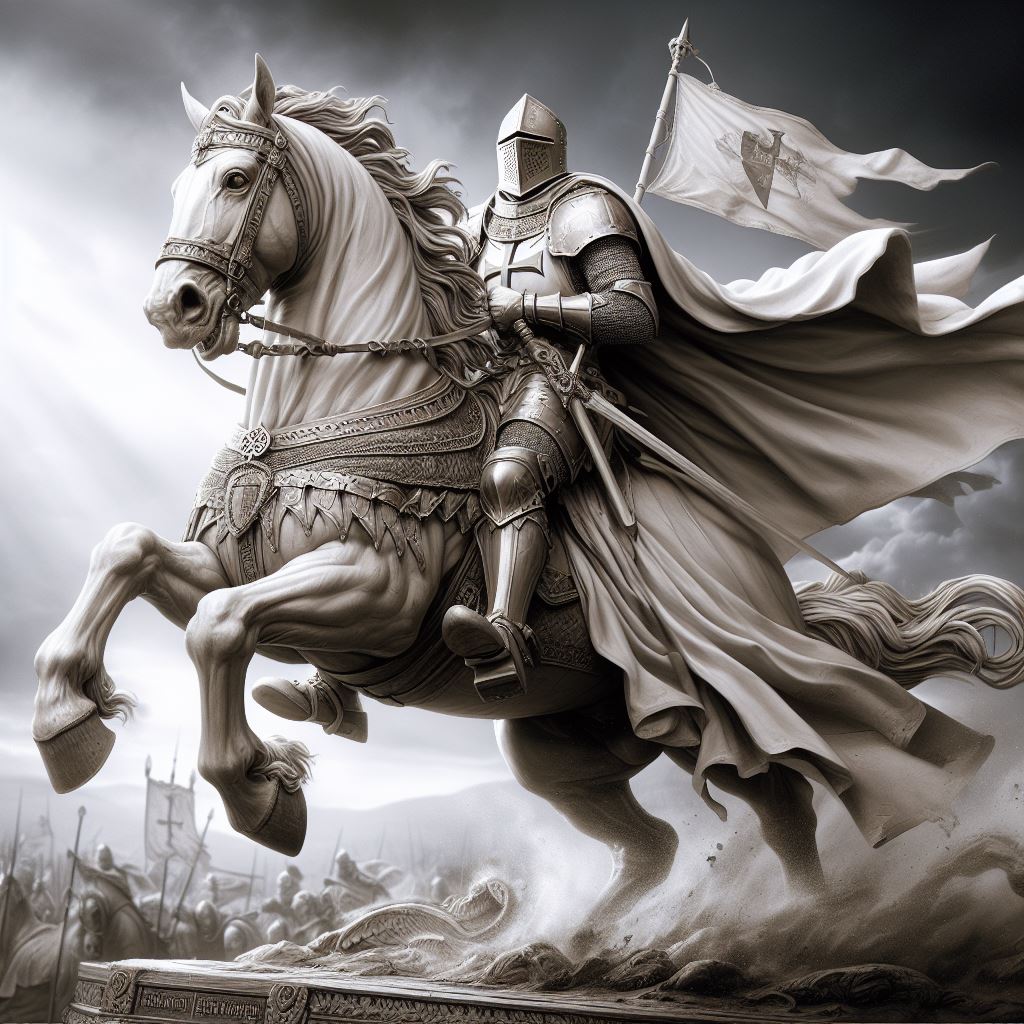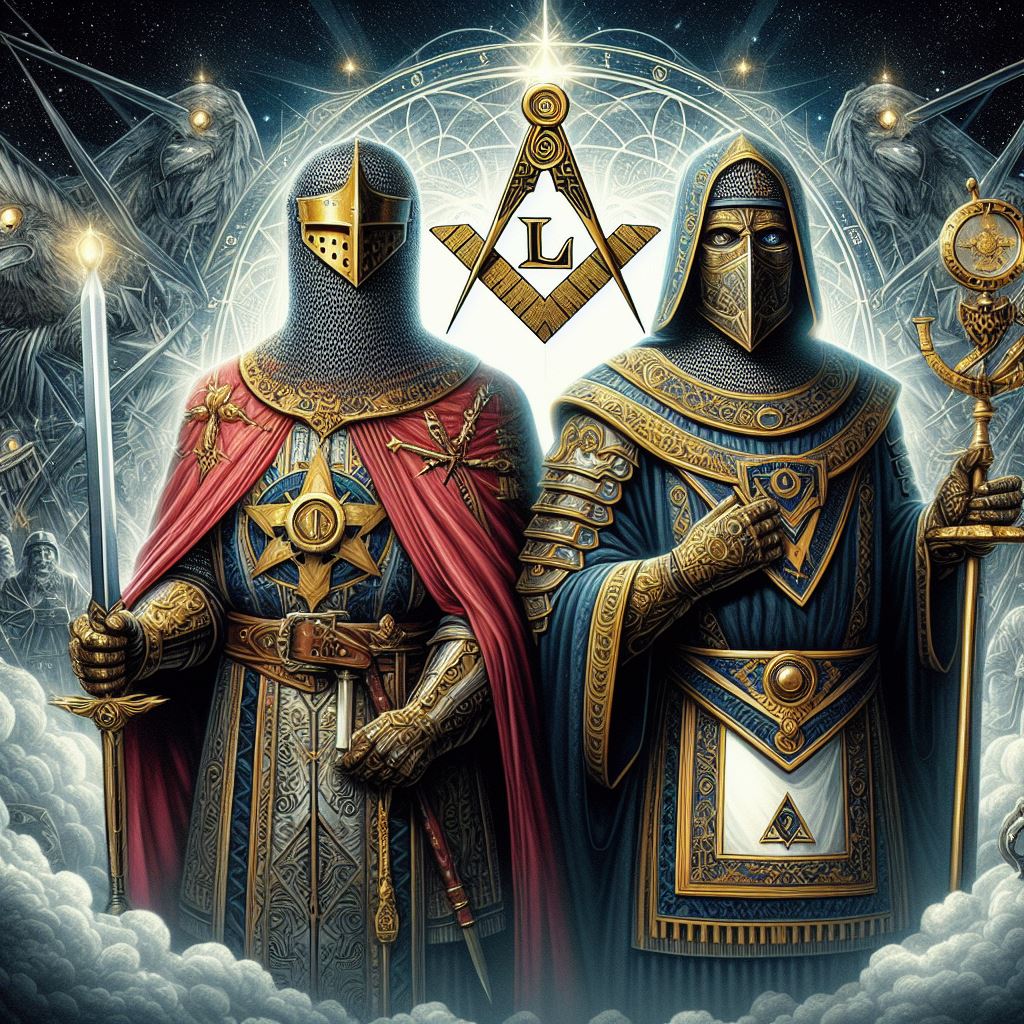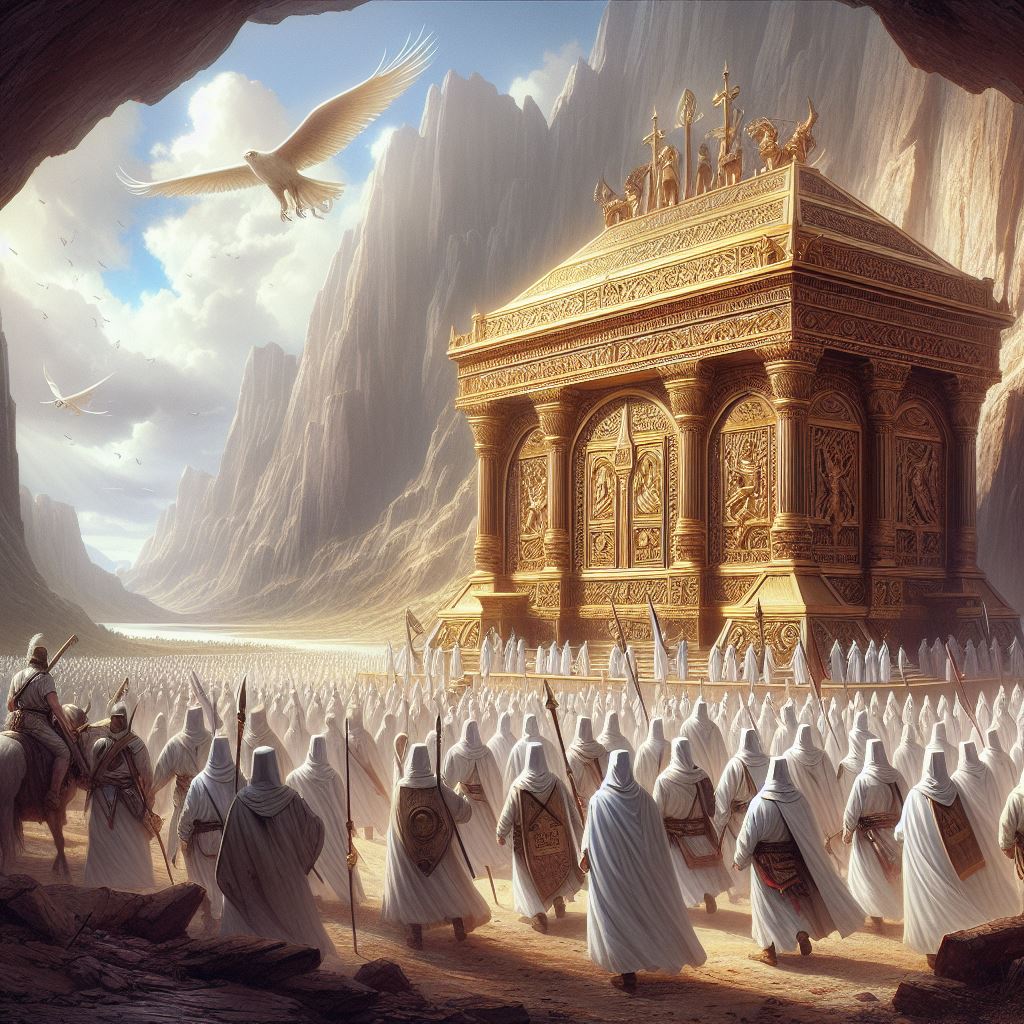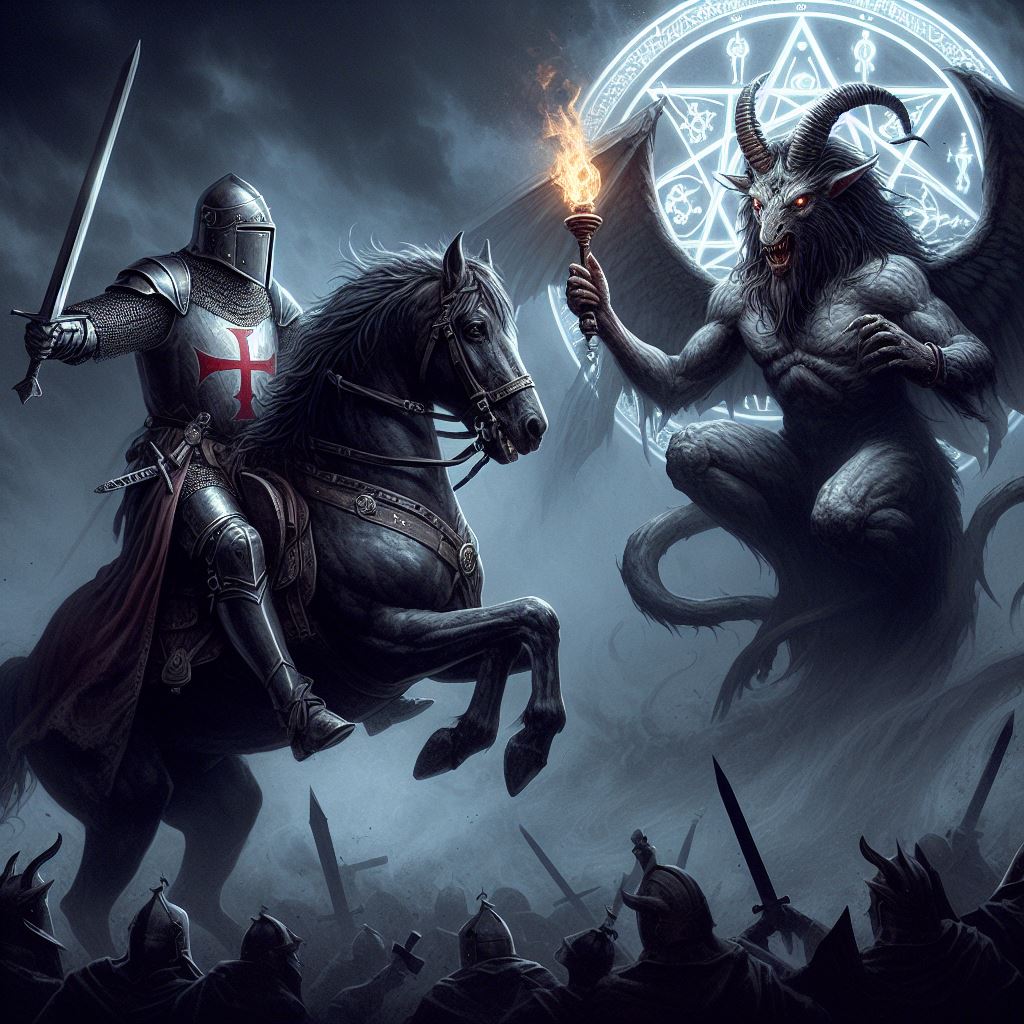
In 1314, on an island in the middle of the river Seine in Paris, the last Grand Master of the Knights Templar – Jacques de Molay – was burnt at the stake. His agonising death ended an incredible two centuries old order of warrior monks – brought down by a money grabbing French king and a craven, gutless Pope. The Templars were no more.
Or is that really the truth?
De Molay: Not the last Grand Master of the Knights Templar
Not according to an awful lot of people out there. Ever since De Molay breathed his last, rumours and stories have abounded to suggest the Templars continued in some or other guise. One of the most curious is that De Molay verbally appointed another Grand Master before he was executed. This was a man called Johannes Marcus Larmenius.
In February, 1324 – ten years after the death of De Molay – Larmenius, a Templar born in Outremer, issued a charter claiming that he was the rightful Grand Master. But now in his seventies, the old man wanted to transfer this onerous responsibility to younger shoulders. He proposed that the next Grand Master should be Franciscus Theobaldus – who was still in charge of a Templar institution of some sort in Alexandria, Egypt.
This began a phase of underground activity in the history of the Templars. Grand Masters continued to be appointed but very much out of the public eye. That was until a chap called Bernard-Raymond Fabré-Palaprat revealed the existence of the Larmenius Charter, in the year 1804, that included his name as the latest of 22 successive Grand Masters.
Needless to say there was some scepticism about Palaprat’s extraordinary boast that he owned a ‘charter of transmission’ – as he termed it – written by Larmenius and naming him as the current Grand Master. But Palaprat was not to be dismissed so easily. He produced the sword of Jacques De Molay and some of his charred bones. Everything he said was true – how dare anybody question him!
At a time when France had experienced a revolution; a century of Enlightenment thought; the undermining of traditional church and royal authority and the emergence of the Freemasons – it’s perhaps not surprising that somebody like Palaprat emerged. He was feverishly mixing bits of the Templars with gnosticism, Freemasonry and an unswerving loyalty to Napoleon. It was an eclectic hodge-podge that suited the times.
The French revolution of 1789 had briefly replaced Catholicism with a cult of the Supreme Being. Now, Palaprat used his status as Grand Master to launch a new Templar order and later what was termed a Johannite church. His religion had its own version of the bible, loosely based on the gospel of John, and a belief that Jesus had been initiated into ancient Egyptian rites.
Few believe the Larmenius Charter was authentic or that he even existed. Today, the document can be viewed in London as a curiosity. As things stand, it seems that Jacques De Molay really was the last Grand Master of the Knights Templar.












One thought on “Was Jacques De Molay really the last Grand Master of the Templars?”